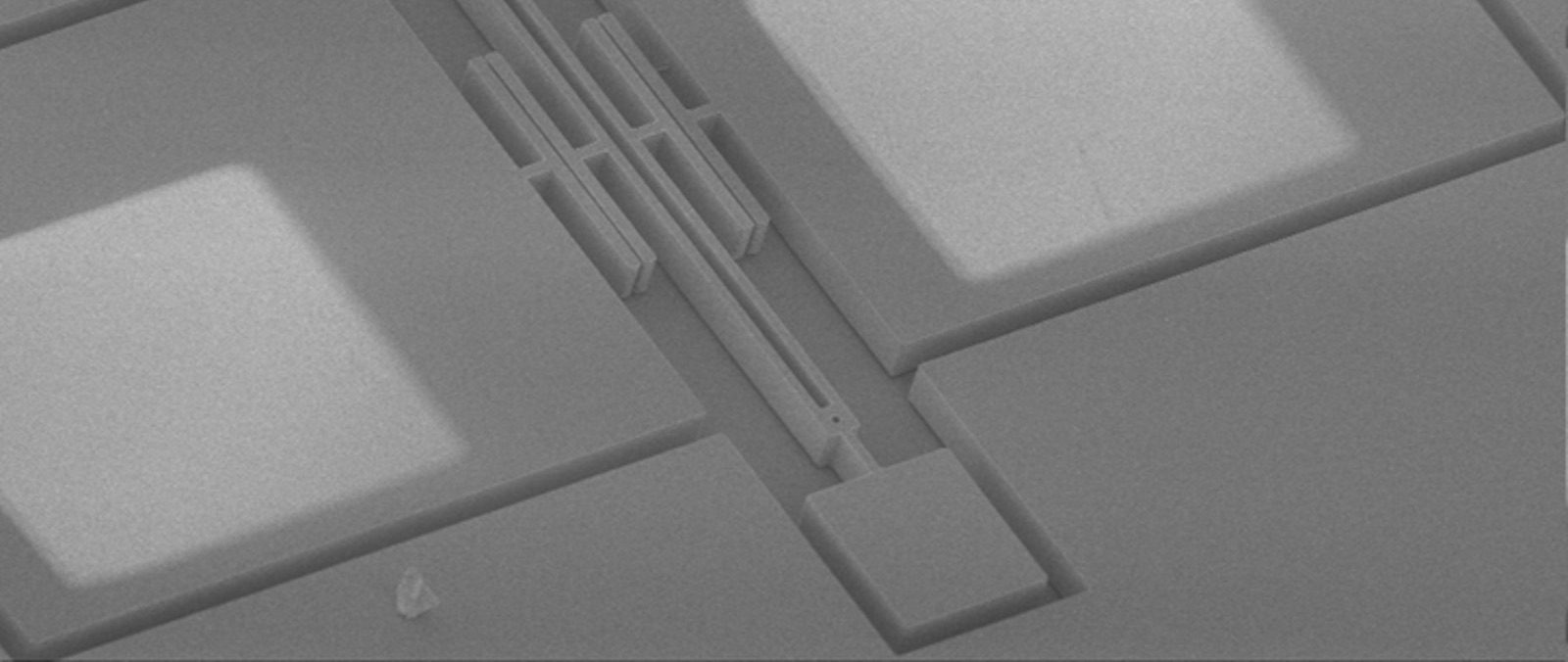
The project aims to develop and adapt innovative sensors to mechatronic and hydraulic applications of strategic importance for regional companies. The objective is to build four demonstrators using MEMS sensor and CTPE sensor. The four prototypes, verifiable in a significant environment, are different and represent many application fields for the new sensors.
- Fabrication of a prototype strain sensor for measurement of the strain applied on a mechanical structure. Fabrication of a MEMS strain sensor equipped with conditioning and read-out electronics, applicable to mechanical arms, metal structures, etc., designed to read local deformation and measure the force applied on the arm. The prototype will have the competitive advantage of having high sensitivity and therefore more freedom in positioning on structures and systems and of not being covered by existing patents. Inserting the sensor in a pin will make it unnecessary to have through holes in the pin, thus keeping its resistance to loads intact.
- Fabrication of a prototype Strain sensor for measurement of hydraulic pressure on a duct. Thanks to the high sensitivity of MEMS sensors to deformation, the prototype enables pressure sensing in (rigid) metal ducts in a non-invasive way, based on duct deformation only.
- Fabrication of a prototype CTPE sensor for measurement of hydraulic pressure on flexible ducts for measurement of pressure in fixed and mobile hydraulic systems. The prototype will show the excellent adaptability of CTPE sensors, which enable pressure sensing in (flexible) rubber ducts, thanks to their ability to detect the deformation caused by pressure. Tests for ageing and possible alterations due to the high temperatures involved will be evaluated to apply to the sensing system an additional passivation layer that will further isolate the devices.
- Fabrication of a prototype formed by a combination of (CTPE) conductive material tactile sensors. A functional prototype of sensors applied to a steering wheel will be built for real-time monitoring of the position of hands and the detection of the force exerted by the driver. This system may be used to check whether the driver is present and to detect driver’s illness or unconsciousness.
